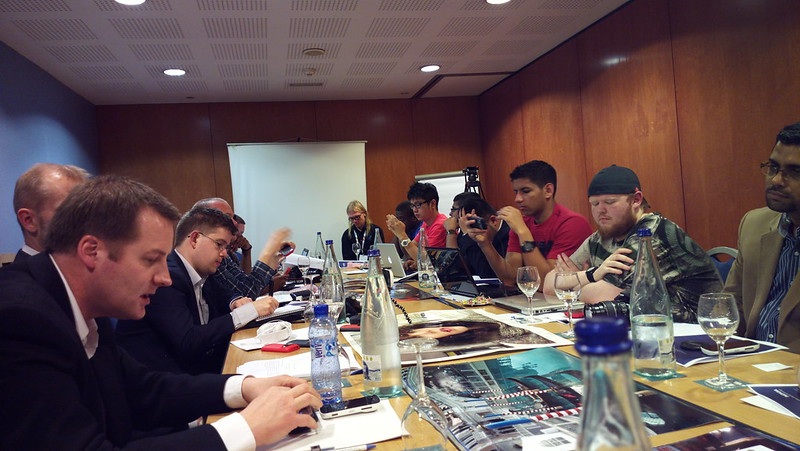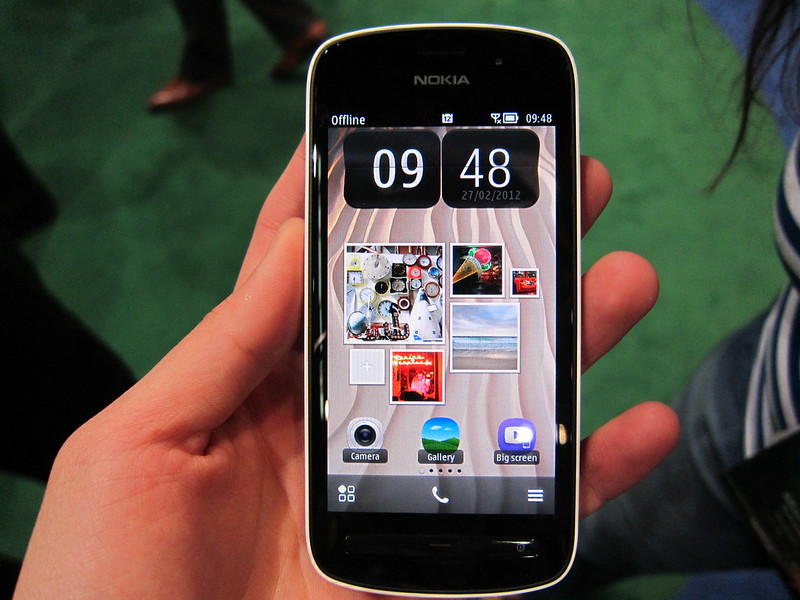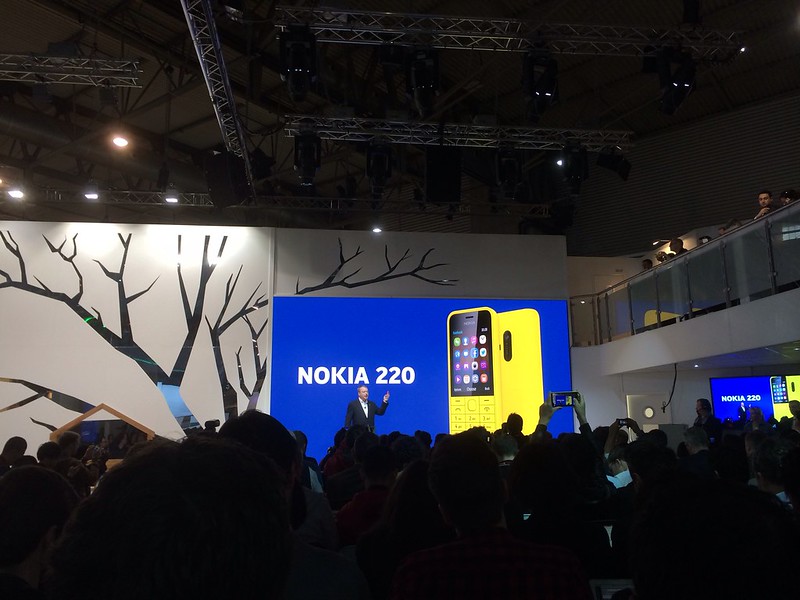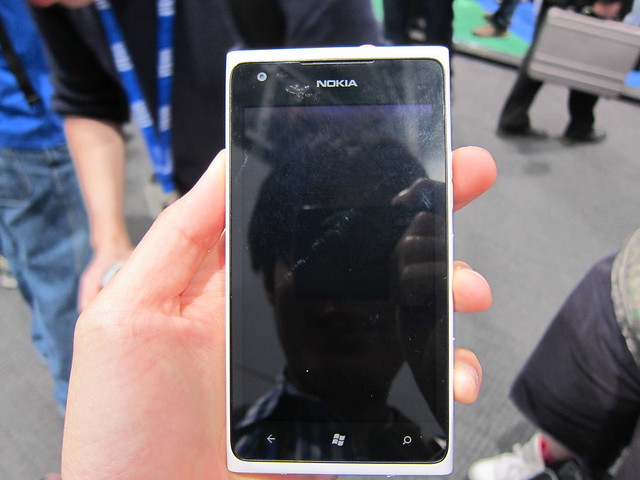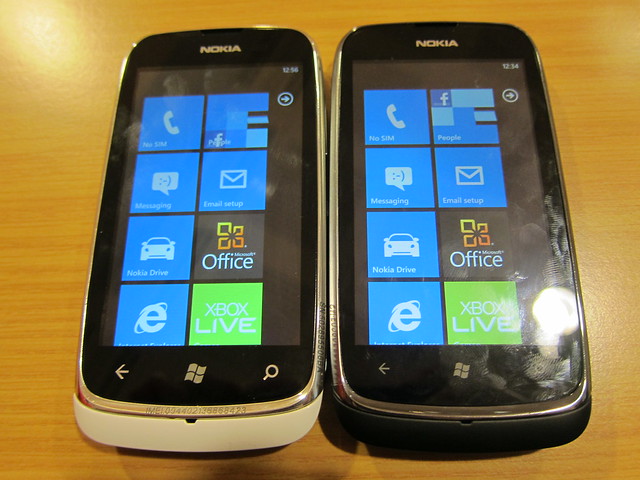Nokia At Mobile World Congress 2012 – Nokia 808 PureView
Before we start the post, lets take a look at one of the photo taken by Nokia 808 PureView:

How about one more?

Here are more photos taken using Nokia 808 PureView:
The photos are not edited in any way, they are taken straight from the Nokia 808 PureView and uploaded to Flickr and of course the photos embedded in this post has been re-sized to 640px by Flickr.
Now, lets start.
The Nokia 808 PureView was Nokia’s flagship phone announced during Mobile World Congress 2012. It won the Best New Mobile Handset, Device or Tablet at the Global Mobile Awards 2012.



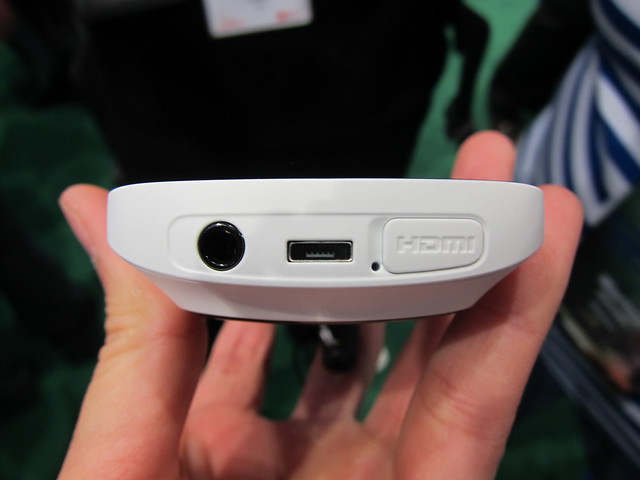
The Nokia 808 PureView has a 41MP (yes 41 megapixels) camera. The sensor size itself is capable of taking pictures up to 7728×5368 (41MP) and it can take photos up to 7152×5368 (4:3 38MP) or 7728×4354 (16:9 34MP). For video recording, it is capable of capturing full HD video (1920×1080) at 30fps and of course HD (1280×720) at 30fps.
Specifications
- Operating: Symbian Belle (with Feature Pack 1)
- Processor: 1.3 GHz ARM11
- Networks: WCDMA 850/900/1700/-21001900/2100, GSM/EDGE 850/900/1800/1900
- 4″ ClearBlack Display AMOLED screen (640 x 360 pixels, 16.7 million colors) (Corning Gorilla Glass)
- 512MB RAM
- 16 GB internal user memory with support for up to 48 GB with an external microSD memory card
- Primary (Rear-facing): 41 megapixel camera sensor with Nokia PureView imaging technology and Carl Zeiss optics
- Photo Resolution: 7152×5368 (4:3 38MP) or 7728×4354 (16:9 34MP)
- Video Resolution: 1920×1080 @ 30fps or 1280×720 @ 30fps
- Secondary (Front-facing): 0.3 MP megapixel camera sensor (480p @ 30fps)
- Xenon flash with operating range up to 3.5m
- Bluetooth 3.0, HDMI, DLNA, Secure NFC, WLAN, A-GPS, FM transmitter
- BV-4D 1400 mAh high voltage Li-ion battery
- Volume: 95.5cc
- Weight: 169 g
- Dimensions: 123.9 x 60.2 x 13.9 mm
Availability: Q2 2012
Retail Price: €450
Nokia 808 Pure View Colors: White, Black, Red

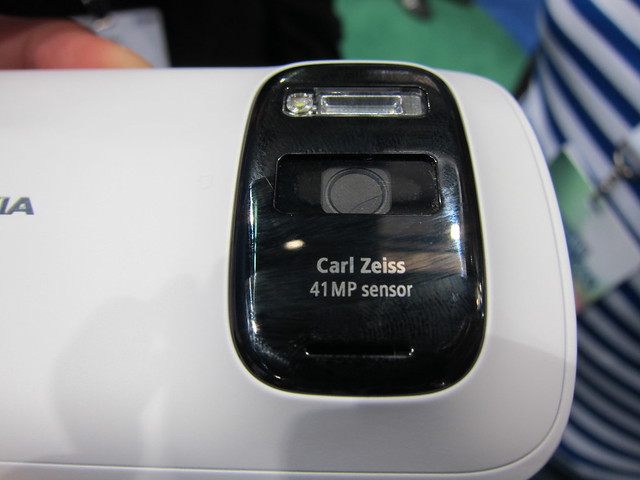
Despite being a phone with 41MP camera, lots of people are wondering why Nokia is still using Symbian Belle (with Feature Pack 1) instead of Windows Phone 7.5. I did raise this question to the product manager. The official answer I get is that this phone has been in the works for 5 years and it is only recently that Nokia begin changing their strategy towards Windows Phone, so porting over to Windows Phone platform within such a short time frame is not possible (assuming that it has to be announced at MWC 2012).
I am also guessing that there is other factors such as source code access. Nokia does not have full source code access to Windows Phone so they have to rely on Microsoft to tweak their OS, whereas if Nokia were to go with Symbian Belle, they have full access to the source code and hence it is possible to make full use of the PureView technology in the shortest possible time.
I would say, think of it as you are buying/using a digital camera with a mobile phone capability rather than buying a mobile phone with a digital camera ability and the Symbian OS will not be a deal breaker.
PureView is not the name of the phone, but rather an imaging technology and we will definitely see it on Windows Phone when the time is ripe (if you are into rumors, there is a leaked shot of Windows Phone with PureView technology).
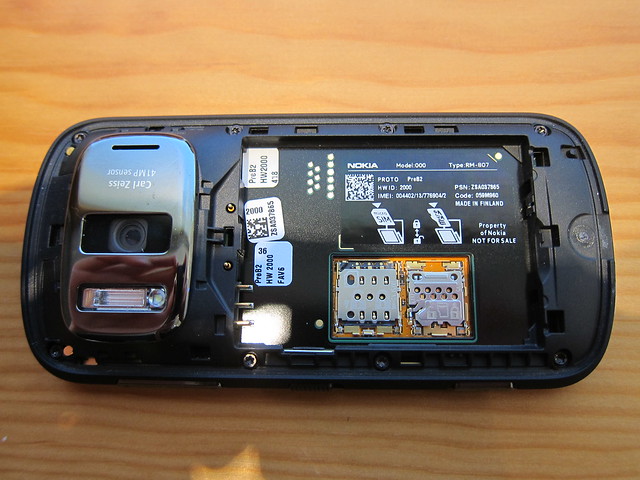
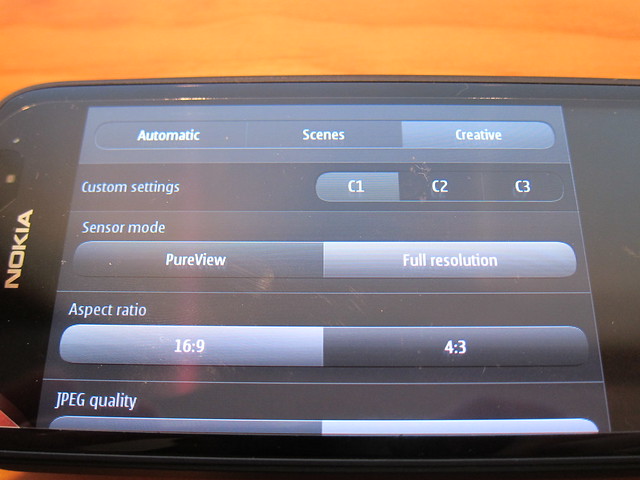
How does Nokia PureView Zoom Works?
There is no concept of zoom in the Nokia 808 PureView. When you zoom, you are just selecting the relevant area of the sensor. So with no zoom, the full area of the sensor corresponding to the aspect ration is used. The limit of zoom is reached when the selected output resolution becomes the same as the input resolution. For example, with the default settings of 5MP (3072×1728), once the area of the sensor reaches that, you hit the zoom limit. This means the zoom is always true to the image you want.
One of the benefits that the zoom can give you is pixel oversampling. Pixel oversampling combines many pixels to create a single (super) pixel. When this happens, you keep virtually all the details but filter away visual noises from the image.
The level of pixel oversampling is the highest when you are not using the zoom, it gradually decreases until you hit the maximum zoom, where there is no oversampling.
Since there is no moving optics when it comes to zooming, the zoom function is completely silent which is good for video recording.
Nokia 808 PureView uses a new zoom concept called Slide Zoom (which I kinda like). All you have to do is slide your finger up or down on the screen. As you move your finger, a frame will appear and moves in sync with your fingers. This allows you to preview the framing before committing which is again useful for video recording.
If you are interested in more details how Nokia PureView works, check out the PureView Imaging technology White Paper.
